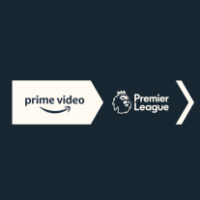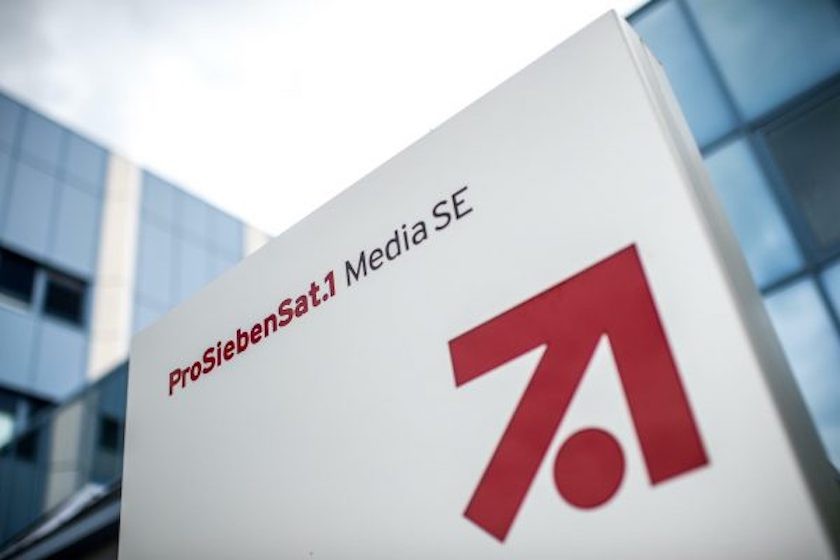 Amazon’s venture into sports broadcasting took a couple of significant steps last month. In Germany, Amazon secured exclusive rights to a package of 16 Champions League matches for the first time, while in the UK it streamed its first ever Premier League football matches, having bought the rights to 20 games in 2018 for £90 million.
Amazon’s venture into sports broadcasting took a couple of significant steps last month. In Germany, Amazon secured exclusive rights to a package of 16 Champions League matches for the first time, while in the UK it streamed its first ever Premier League football matches, having bought the rights to 20 games in 2018 for £90 million.
The Premier League games were something of a milestone and were a test of Amazon’s ability to create the same kind of polished broadcast which viewers were used to from Sky and BT, the Premier League’s mainstays. It was also the first time Amazon ran ads on Amazon Prime Video content in the UK.
Whilst Amazon are notoriously secretive when it comes to their plans for the future, you’d be forgiven for believing that Amazon is testing the waters as part of a wider strategy that will lead to more expensive rights purchases in the future, with a view to dislodging traditional TV competitors. But that’s still far from clear.
Winning over the advertisers?
Amazon ran fewer ads on its coverage than Sky and BT do in their Premier League broadcasts. But the company was able to bolster the value of this limited inventory with its vast stores of user data. For some buyers, Amazon represents an exciting alternative to the traditional sports broadcasters.
“It gives advertisers the ability to reach audiences in real time in a more targeted way,” said Phil Stephan, group director at sports marketing agency Two Circles. “And people are consuming content on a digital channel which is integrated into the largest e-commerce platform on the globe. So the lag between a consumer intending to buy a product as a result of seeing an ad, and actually buying that product, is significantly reduced.”
Duracell was one of the brands that advertised on Amazon’s streams, and additionally executed a short-term digital media campaign with Chelsea, with whom Two Circles works to package digital rights for brands. Stephan says Amazon’s increased ability to drive direct sales, compared to a standard Premier League broadcast, made its streams more attractive to Duracell.
Not all media buyers are equally enthusiastic though. “I’m not particularly pleased to see Amazon picking up rights which might be held by other broadcasters,” said Simon Crunden, managing director of media agency Republic of Media. “The consolidation of ad spend with Amazon, Facebook and Google is already a negative thing for the industry in my view, and further proliferation of that is not positive for advertisers in the long run.”
Crunden said one of the strengths of traditional broadcasters is their reporting. “BARB is one of the most robust reporting systems in the world, and we trust BARB data, it’s got a good track record. One of the dangers of the tech companies picking up sports rights is they’ll potentially expect us to rely on their data, without third-party verification.”
And while some buyers might be excited by the prospect of addressable inventory on sports live streams, Crunden is unmoved. “One to many advertising had benefits for advertisers, and we don’t see a positive in that being lost.”
Amazon unlikely to shut out traditional broadcasters
But even if consumers and advertisers are won over by Amazon’s experiments with sports broadcasting, this doesn’t necessarily mean the company will eventually compete for the most valuable rights packages, as some have predicted.
The problem for Amazon is that ad revenue, and revenue from additional Prime subscriptions, is not enough to make sports streaming profitable in and of itself. Amazon’s strategy is primarily based around driving new subscriptions to Amazon Prime, thereby bringing in new customers who will spend more on its primary e-commerce business. And while limited, cheaper packages of sports rights support this strategy, more expensive packages wouldn’t justify the outlay according to some analysts.
“Past analysis we’ve conducted on Amazon’s financials would indicate that while it is able to justify rights acquisitions through the positive effect of the rights on Prime sign-ups (and thus subscription spend plus consumer retail spend), it is difficult to make the numbers stack up for more than two English Premier League packages,” said Richard Broughton, research director at Ampere Analysis, a company data, research and analytics firm that specialises in media. “Once Amazon gets beyond two packages, the spend on rights starts to outweigh the positive impact on Prime sign-ups and consumer spending on retail goods.”
Julian Aquilina, senior research analyst at Enders Analysis, agreed. “Unless the economics of Amazon’s business change in a significant way, it’s not in a position to make these rights profitable on a standalone basis,” he said.
And it’s not just the cost of sports rights packages that Amazon has to consider, it’s also the opportunity cost. Any money spent on sports rights is cash which otherwise could have been spent on producing new TV series of films for Amazon Prime video, which can be much more valuable in the long-run.
“How much value does sport really add to the platform? The content doesn’t have any shelf-life, people aren’t going to watch it back after it’s streamed, so it’s not like drama programming in that sense,” said Aquilina. “And sports are typically sold on a market-by-market basis, so unlike drama programming, it can’t be exploited all over the world”.
Limited packages, like this year’s Premier League bundle, can provide big one-off boosts in Prime sign-ups. Amazon said its first two days of Premier League streaming each set new records for the most new sign-ups since the service launched in the UK in 2007.
And Amazon is likely to continue going after these sorts of packages. “For the moment, I’d view its sports strategy as carefully picking off key packages at sensible prices,” said Broughton. Unless Amazon drastically changes its strategy, Sky and BT are unlikely to find themselves competing with the tech giant for the most valuable Premier League packages any time soon.
Fulfilling audiences’ expectations
Some have previously questioned on these pages whether Amazon, and the other new entrants, have the technical ability to pull off live sports production at all. The experiment was, by most accounts, a success. While there were scattered reports that users were receiving error messages, or that their streams were buffering, there were no substantial widespread issues.
“Streaming live sports is very, very challenging, from a technical standpoint. You need to service a very high level of demand for one particular asset in such a short period, while also dealing with issues like piracy,” said Phil Stephan. “For their first tennis streams there were some issues, but I think they learnt from those. From the data I’ve seen, there were limited technical issues for these simulcasts, which is an amazing achievement.”
And Amazon showcased some of the advantages its live streams can have over standard broadcasts. Users could bring up pages of live stats next to the stream (which were a default feature for mobile customers who held their screens vertically, who could view the stats below the content) and could choose to turn off in-game commentary via a ‘stadium atmosphere’ feed.
“What they delivered was very different from a standard broadcast,” added Stephan. “Their simulcast proposition of making multiple games available at the same time, giving the user the choice of which games they watch, as well as their ‘every game, every goal’ stream, better reflects how consumers want to watch sport at the moment. We know that younger consumers need to be engaged from the off, and you need to keep their attention.”




